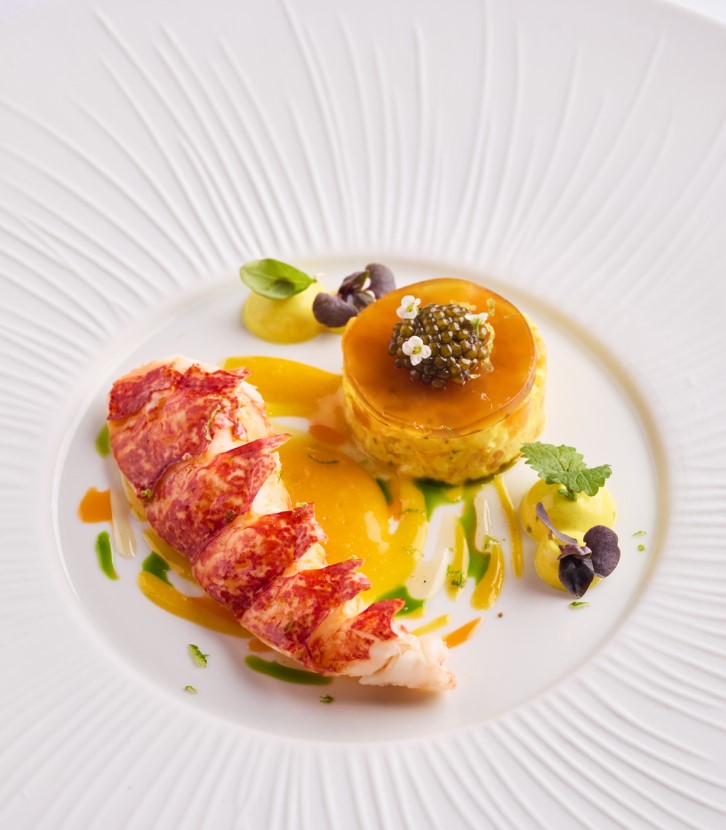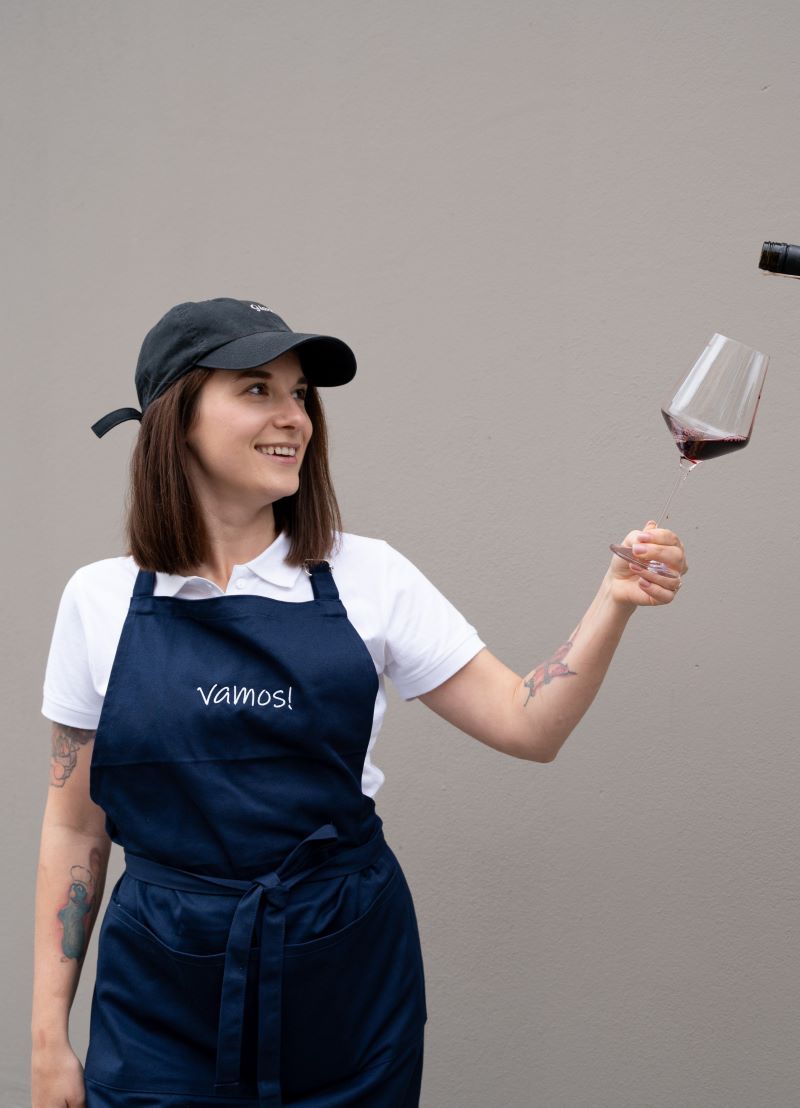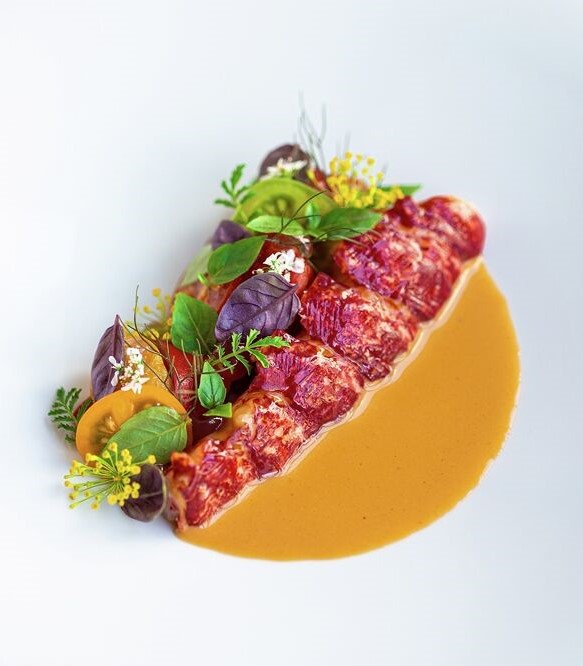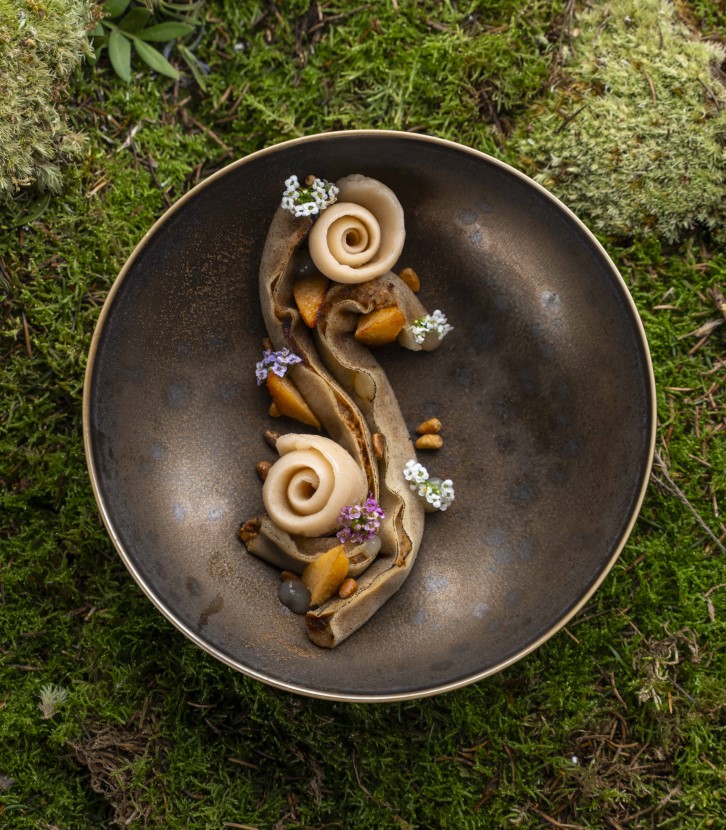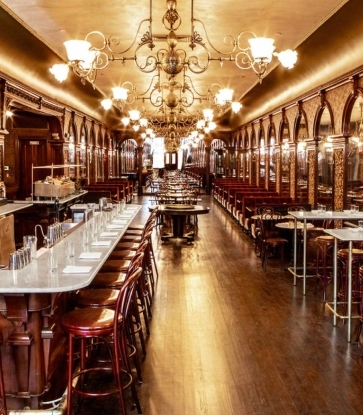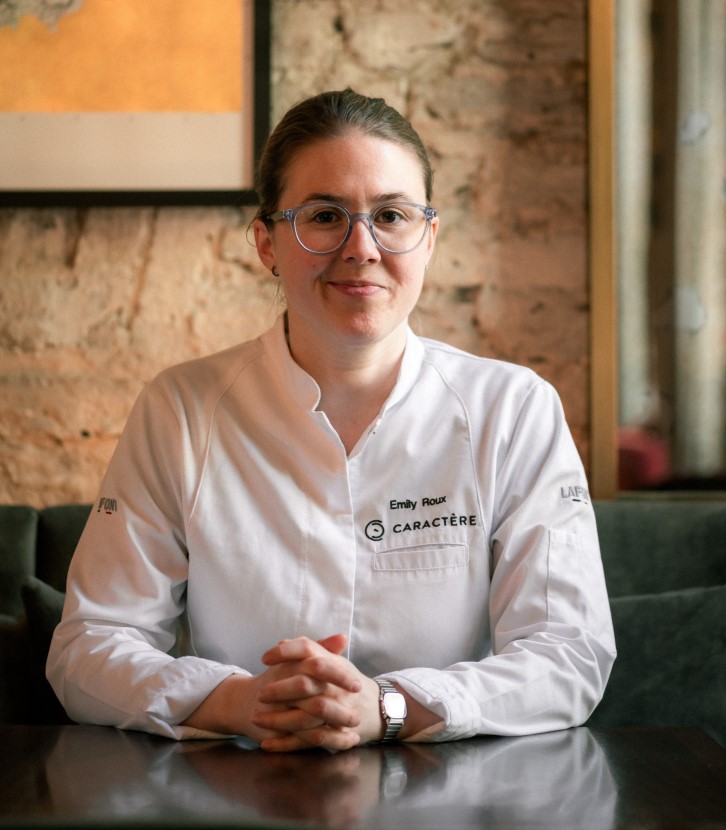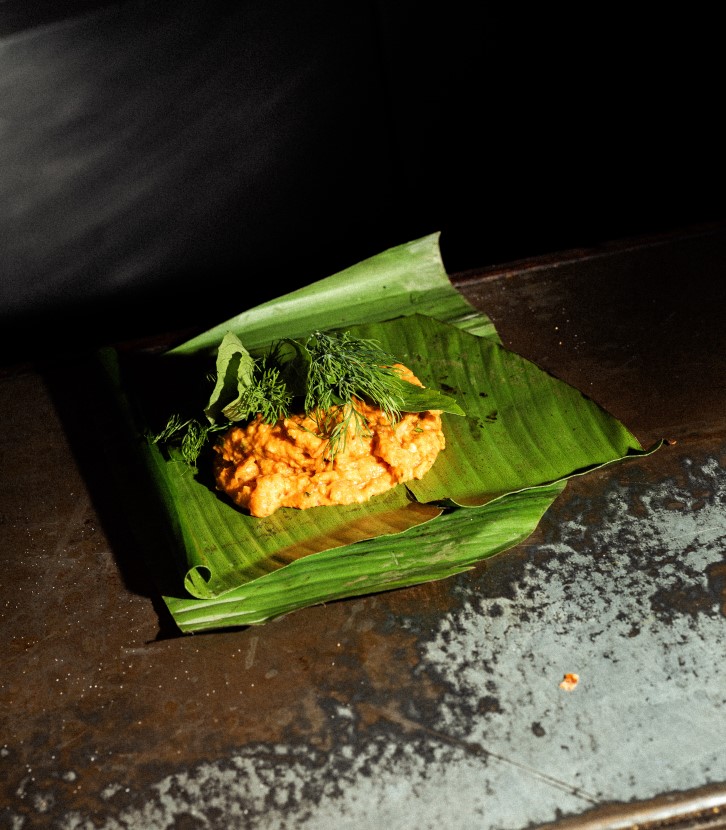You don’t need to visit Tokyo to have heard the names “Toyosu” or “Tsukiji.” For hundreds of years, the market was located in Tsukiji and supported people’s daily lives. In 2018, it was relocated to Toyosu, four kilometers south of the original location to occupy a larger space. Now, Toyosu is the largest market in Japan where you can find the best quality ingredients such as fresh seafood, meat, vegetables, and fruits. Tsukiji, on the other hand, remains a major tourist destination with restaurant supply stores, retail outlets, restaurants, and snack stalls.
Witness a Tuna Auction
One of the highlights for food lovers is the live tuna auction held at Toyosu market. It’s a battlefield for suppliers who cater to top-notch restaurants, especially sushi establishments. Just peer into the glass windows and you can witness the quiet battles among tuna professionals who examine each tuna diligently, before raising their hands with different bids on their fish. A real spectacle for first-time visitors. The price per tuna can be enormous; for example, at the first auction in 2024, one bluefin tuna sold for almost a million U.S. dollars.
Go on a Snacking Galore
The streets around Tsukiji and Toyosu are filled with mouth-watering snacks. Rambling around the area and exploring exotic Japanese ingredients with quick bites in hand is a unique experience to feel the local vibes. Some stalls sell seasonal fresh seafood, such as raw oysters, on the street side. If you love this kind of experience, make sure you have two things empty: your stomach and your bag. Besides yummy bites, you’ll probably be tempted to buy some Japanese ingredients, such as quality ‘nori’ seaweed or bonito flakes from professional-use shops.One of the popular items is “tamagoyaki,” also known as “dashimaki-tamago,” which is egg rolled with dashi. It’s a daily food for Japanese people, commonly found in bento boxes. Here, you can taste freshly made, high-quality ones. Try Marutake in Tsukiji, famous for serving cloud-like tamagoyaki, with dashi layered into the egg that oozes out when you bite into it.
Another popular snack is Mosuke Dango—bite-size bouncy rice balls on a skewer. It is a traditional snack loved by people for around 500 years. Established in 1898, Mosuke Dango is made with quality ingredients such as top-grade “Koshihikari” rice and red beans from Hokkaido. To bring out the purity of red bean paste, they use “Onizarame” sugar instead of granulated sugar. The smooth texture of red bean paste and ‘mochi-mochi’ (bouncy) dango will give you a new sensation of texture in your mouth.

Indulge in the Freshest Sushi
Many restaurants and eateries in Toyosu are open early in the morning, making the market a good place to grab breakfast. On the third floor of Suisan Nakaoroshi Uribatou, the opposite building from where the auction is held, there are plenty of local favorites such as sushi, “unagi” (grilled eel), “tonkatsu” (pork cutlet), “gyudon” (beef bowl), and curry rice.Alternatively, head to the fourth floor of the same building to find Uogashi Yokocho, where there are grocery shops offering top-quality ingredients and unique items such as ‘noren’ (a shop curtain) with Japanese kanji letters. If you keen to learn more about Japanese knives, head to Aritsugu, a knife shop that carries various Japanese knives that were made using methods similar to that of sword making.

Visit Temples Nearby
Aside from the market, the area also has historic sites, such as Tsukiji Honganji. The original temple was built in 1617. The current building, designed by legendary architect Chuta Ito, was completed in 1934. The temple has a unique style incorporating features of ancient Indian temples. “Tsukiji Namiyoke Jinja” is a shrine with a history dating back to 1659, dedicated to the god of food. The main shrine was rebuilt in 1937 in the same style as Japan’s main shrine, “Ise-jingu.”
Grab a Cup of Coffee or Tea
Jugetsudo in Tsukiji
Jugetsudo is a Japanese tea shop and café created by “Maruyama Nori,” a nori seaweed supplier trusted by Michelin-starred top sushi restaurants. The interior was designed by world-famous architect Kengo Kuma, inspired by the bamboo umbrella used for Japanese tea ceremonies in nature. You can enjoy matcha mont-blanc cake with matcha tea. They also have items suitable for souvenirs, such as Japanese tea leaves and matcha in a tin can, and baked items like matcha-financier.Turret Coffee in Tsukiji
Named after a turret truck, a vehicle with a loading platform often used by suppliers in Tsukiji and Toyosu markets. The café specializes in espresso and latte. For lattes, the owner barista, Kiyoshi Kawasaki, carefully selects beans that go well with milk. They also serve a variety of sweets, some specially made for them. If you’re lucky, you might get to taste Basque Cheesecake by Chef Jerome Quilbuff, ex-Head Chef at 3 MICHELIN Star restaurant “San Pau.” Its richness and creamy texture perfectly match the coffee.
MICHELIN Starred Restaurants Nearby
Sushi Keita- Tsukiji
An 8-seat omakase sushi place by Keita Aoyama, trained under Sushi Mizutani and Sushi Taichi. With warm service from his wife, this is a cozy place where you can enjoy sushi without any tension.Seiju- Tsukiji
Seasonal ingredients directly from the market are thinly battered and deep-fried with fresh taihaku sesame oil. Chef Yoshiaki Shimizu’s tempura is never heavy. The batter protects the ingredients, cooking them just enough to bring out their exact aroma, flavors, and texture, depending on the ingredients’ characteristics.
Top Image: ⒸAlp Galip






